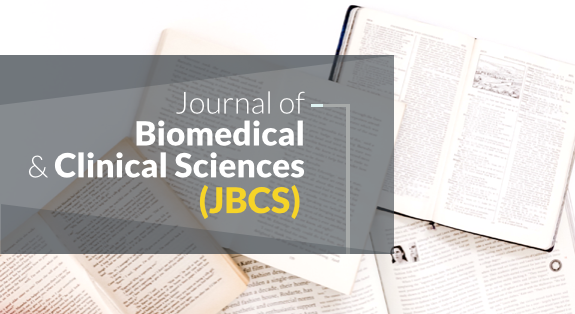
Expert Contribution
First study on the cardiotoxicity of kratom in human subjects

USM, PULAU PINANG, MALAYSIA, September 1 2020 -
Kratom (Mitragyna speciosa Korth.) is a traditional herb remedy for treatment of various illnesses and has been used as an energy boosting agent in Malaysia and neighbor Thailand for centuries. Recently, it has received enormous attention from around the world due to its potential to treat opioid dependence and its antidepressant and anxiolytic effects. Nevertheless, finding from in vitro exposure of myocardial cells to mitragynine (the most abundant alkaloid in kratom extract) indicated that it may be cardiotoxic as it inhibits the potassium channels of myocardial cells increasing the risk of prolonged QTc interval and torsades de pointes. Despite this finding, kratom cardiotoxicity has not been investigated in human subjects and the question of whether consumption of kratom on a regular basis could induced cardiotoxicity remains to be answered.
A team of researchers from Universiti Sains Malaysia led by Dr. Mohammad Farris Iman Leong Bin Abdullah conducted the first study to investigate cardiotoxicity of kratom in human subjects by comparing the resting electrocardiogram (ECG) findings of 100 regular kratom users with that of 100 non-kratom using control subjects. All the selected subjects underwent strict screening of their health status to ensure that they were free from any medical and mental illnesses as well as to ensure that those who had history of other illicit drug use were excluded. The team found that there were no differences in the ECG findings between regular kratom users and control subjects except for higher odds of sinus tachycardia among the kratom users. In term of the findings of the QTc intervals, regular kratom users regardless of their duration of kratom use, quantity of daily kratom use, age of first kratom use, and the time of last kratom use prior to ECG examination, exhibited higher odds of borderline QTc intervals (431 to 450 ms) compared with control subjects. On the contrary, there were no differences in the odds of developing prolonged QTc interval (> 450 ms) between regular kratom users and control subjects. This denotes that regular kratom use only contribute to increased QTc interval but to the extent of inducing prolonged QTc interval. The team concluded that regular kratom use (equivalent to a daily dose of 434.28 mg of mitragynine) does not lead to cardiotoxicity. In addition, the findings also confirmed the report of the in vitro study that the effect of mitragynine on the QTc interval is dose dependent. The findings were published in Clinical Toxicology and could be accessed through the link below:
(2020). Is kratom (Mitragyna speciosa Korth.) use associated with ECG abnormalities? Electrocardiogram comparisons between regular kratom users and controls, Clinical Toxicology, DOI: 10.1080/15563650.2020.1812627
Scroll to Top












